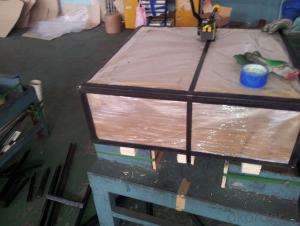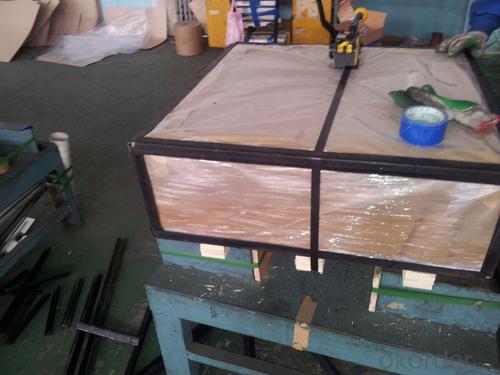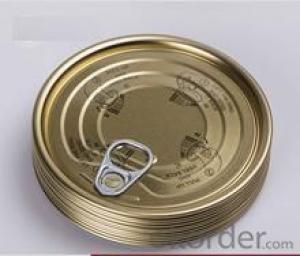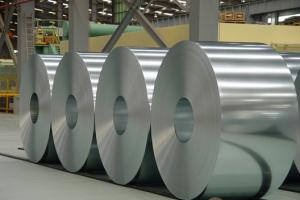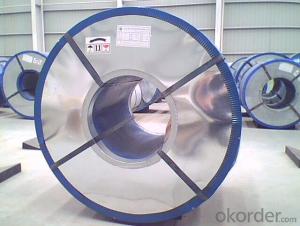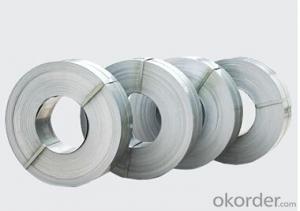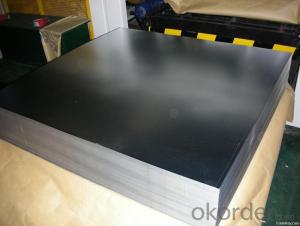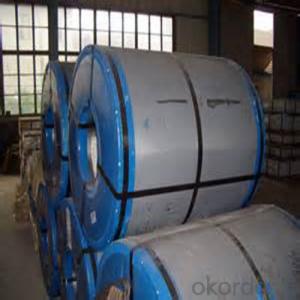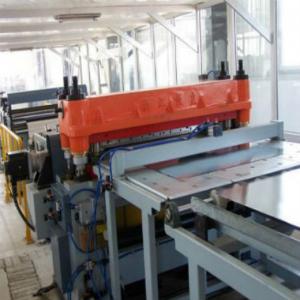High Quality of Tinplate for Paint Chemical Can Containers
- Loading Port:
- China Main Port
- Payment Terms:
- TT OR LC
- Min Order Qty:
- -
- Supply Capability:
- -
OKorder Service Pledge
OKorder Financial Service
You Might Also Like
Our tin plate (TP) products are made by coating tin using electrolysis on the surface of thin coldrolled steel sheet (black plates), with a thickness of 0.14~0.6 mm. Its shiny surface finish, superb corrosion resistance and formability make tin plates an ideal choice for the food industry and industrial parts producers. Our tin free steel sheet (ECCS) is widely accepted as a more economical substitute for the tin coated steel. Our TP/TFS products are widely used in the production of 3-piece and 2piece (D&I, DRD) cans as well as can lids and bottoms. Our products serve a variety of purposes, including material for steel EOE, toys, and electronic parts.
Our Tinplates Specification:
Standard: ISO 11949 -1995, GB/T2520-2000,JIS G3303,ASTM A623, BS EN 10202
Material: MR,SPCC
Thickness:0.15mm - 0.50mm
Width: 600mm -1150mm
Temper: T1-T5
Annealing: BA & CA
Coil Inner Diameter: 508mm
Weight: 6-10 tons/coil 1~1.7 tons/sheets bundle
Passivation:311
Oil: DOS
Surface: Finish,bright,stone,matte,silver
Packing:
1、For sheets: plastic or waterproof paper, metallic cover and angles, steel strips,wooden pallet.
2、For Coils: plastic or waterproof paper,plastic protect plate,steel strips.
Both Prime and Second Quality Are Available!!!
- Q: What are the main differences between tinplate and tinplate laminates in terms of design flexibility?
- Tinplate offers limited design flexibility due to its rigid nature, whereas tinplate laminates provide greater design flexibility as they can be combined with other materials, such as plastic or paper, allowing for more intricate and varied designs.
- Q: How does tinplate compare to tin-free steel in terms of properties and applications?
- Tinplate and tin-free steel differ in terms of properties and applications. Tinplate has a thin tin coating on its surface, providing excellent corrosion resistance and a shiny appearance. It is commonly used in food and beverage packaging, as well as for decorative purposes. On the other hand, tin-free steel lacks the tin coating and is typically coated with other materials like chromium or polymer. It offers better paint adhesion and is often used in applications such as automotive parts, electrical appliances, and construction materials. Therefore, the choice between tinplate and tin-free steel depends on the specific requirements and intended applications.
- Q: What are the common decorative options for tinplate packaging?
- Some common decorative options for tinplate packaging include embossing, lithography, and varnishing. Embossing adds texture and depth to the design, while lithography allows for detailed and vibrant images to be printed on the tinplate. Varnishing provides a glossy finish and enhances the overall aesthetic appeal of the packaging.
- Q: What are the common corrosion protection methods used for tinplate?
- The common corrosion protection methods used for tinplate include electroplating with tin, applying organic coatings such as lacquers or varnishes, and using corrosion inhibitors.
- Q: Can tinplate packaging be used for chemical products?
- Yes, tinplate packaging can be used for chemical products. It is a common choice for storing and transporting various chemicals due to its durability, resistance to corrosion, and ability to provide a protective barrier against external factors. Tinplate packaging is also compatible with different closure systems, making it suitable for a wide range of chemical products.
- Q: What are the printing options for tinplate?
- The printing options for tinplate include lithography, screen printing, and digital printing.
- Q: What are the common closure options for tinplate containers?
- Some common closure options for tinplate containers include screw caps, press-on lids, twist-off lids, and pull-tab lids.
- Q: How does tinplate packaging contribute to product tamper resistance?
- Tinplate packaging contributes to product tamper resistance by providing a strong and durable barrier that is difficult to breach without leaving visible signs of tampering. Its robust construction and tamper-evident features such as seals, closures, or breakable seals make it challenging for unauthorized individuals to access the product undetected.
- Q: Can tinplate packaging be used for pharmaceutical products?
- Yes, tinplate packaging can be used for pharmaceutical products. Tinplate is a commonly used material in the pharmaceutical industry due to its durability, corrosion resistance, and ability to protect products from light, moisture, and external contaminants. Additionally, tinplate packaging provides an excellent barrier to oxygen and maintains the quality and integrity of pharmaceutical products.
- Q: How is tinplate printed and decorated?
- Tinplate is commonly printed and decorated using various methods such as lithography, offset printing, and digital printing. These techniques involve applying ink onto the tinplate surface using specialized machines and equipment. The design or artwork is transferred onto the tinplate through a series of steps, including image preparation, plate-making, and printing. This process allows for vibrant and detailed designs to be applied to the tinplate, enhancing its visual appeal and marketability.
Send your message to us
High Quality of Tinplate for Paint Chemical Can Containers
- Loading Port:
- China Main Port
- Payment Terms:
- TT OR LC
- Min Order Qty:
- -
- Supply Capability:
- -
OKorder Service Pledge
OKorder Financial Service
Similar products
Hot products
Hot Searches
Related keywords
